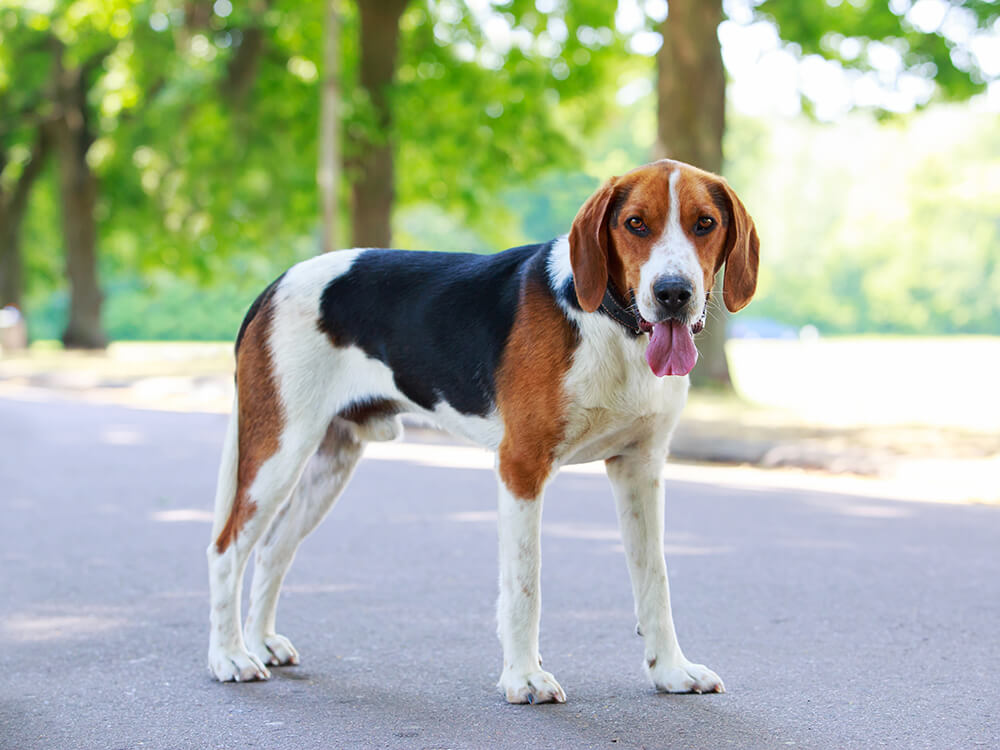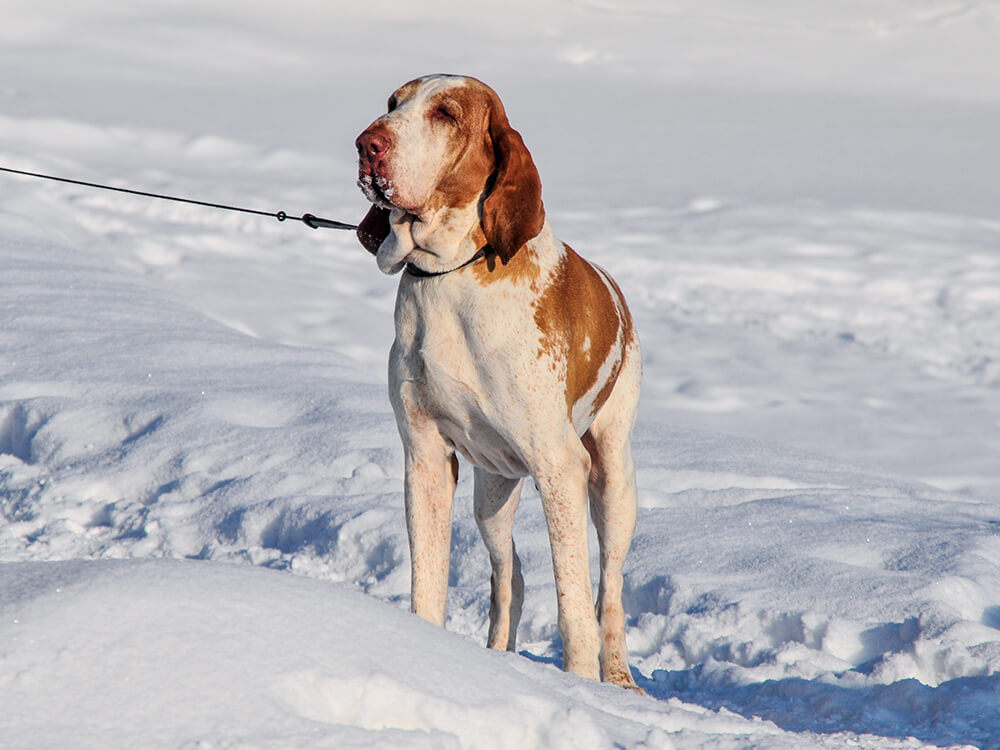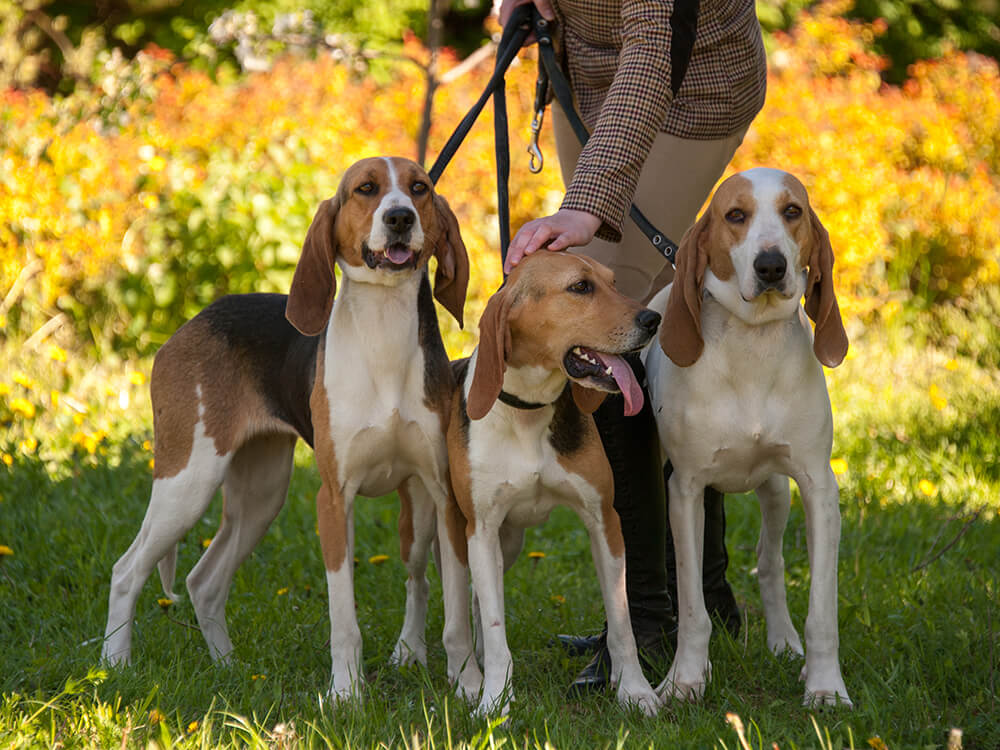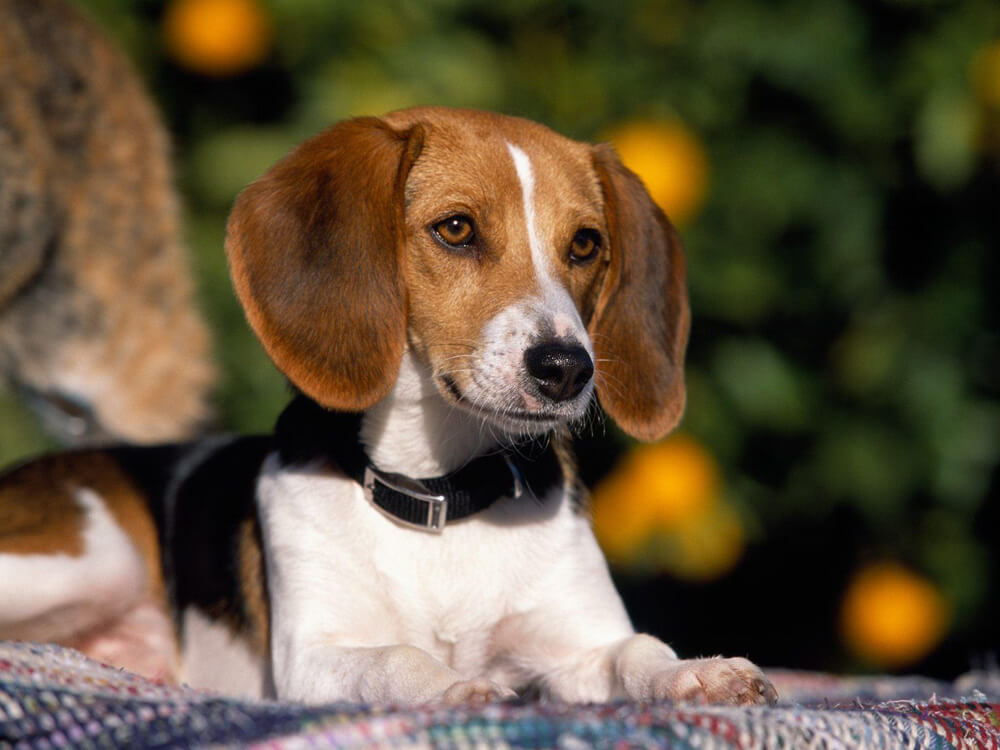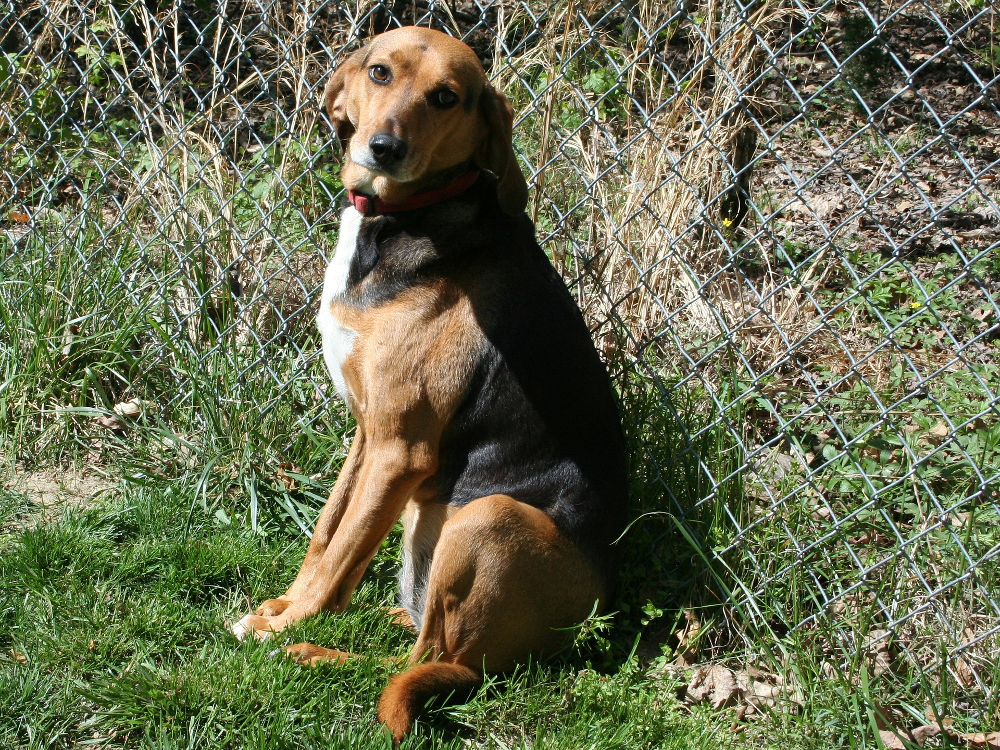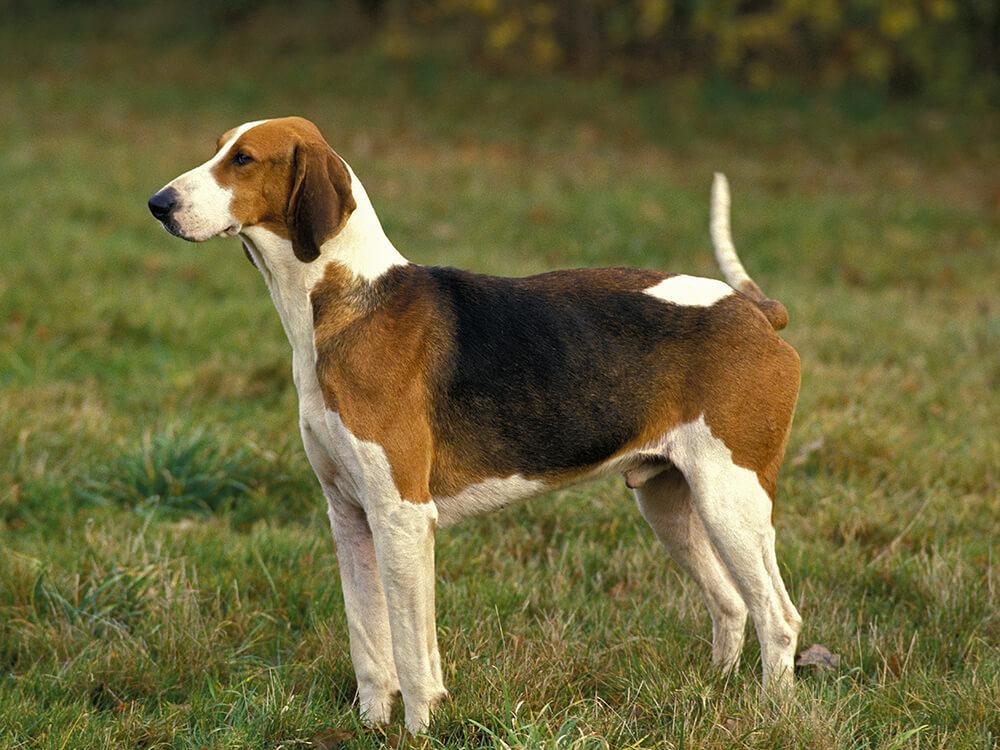
Foxhound Breed Pictures
Vital Breed Stats
| Height: | 55 - 63 cm M | 55 - 60 cm F |
| Weight: | 20 - 29 kg M | 18 - 27 kg F |
| Breed Group: | Toy Dog Group |
| Life Expectancy: | 10 - 13 years |
| KC Registered: | No |
Breed Characteristics
| Size: |  |
| Grooming: |  |
| Exercise Level: |  |
| Trainability: |  |
| Barking Level: |  |
| Good with Children: |  |
| Good with other pets: |  |
| Affectionate: |  |
| Protective: |  |
| Cost to Keep: |  |
Give a thumbs up if you love the Foxhound

0
More About the Breed
History
The history of the English Foxhounds dates back in the sixteenth century, but the exact origin of the breed remains unknown to the public. It was believed that they have been bred in Britain with crosses on greyhounds, bloodhounds, bulldogs, and staghounds.
The breed’s popularity surged amongst the fox hunting fraternity throughout Great Britain. With that, careful and selective breeding started with the aim to produce its best quality of strength, stamina, and appearance on its coat colour. In the usual scenario, Foxhounds where grouped with the same colours. The most common is one with black prints on tan bodies. Fortunately, they remain to be one of the healthiest breeds.
Each Foxhound has a very high prey drive but excels working as a team. They are usually counted in pairs and in one pack alone it is usually comprised of twenty to thirty pairs.
Since the implementation of the hunting ban, the breed’s numbers were greatly affected. Thanks to the breed enthusiasts, they have helped ensure the future of the breed. Despite being rarely kept as pets, English foxhounds are recognised by The Kennel Club in 1905. Its recognition was followed by the American Kennel Club in 1909.
Appearance
The Foxhound is hard to miss with its dignified athletic body. It stands tall with a deep and great chest. It can grow with an estimated height of 59–64 cm and an average weight of 29–32 kg. They are generally built with a well-balanced body boasting an alert expression. Their medium-sized eyes are usually in colours brown or hazel. Their ears hang low close to their head being positioned high.
Foxhounds generally appear with short, dense coats. The following are accepted breed colours and patterns by the Kennel Club standard:
- Badger pied
- Black and white
- Blue white and tan
- Hare pied
- Lemon and white
- Lemon pied
- Red and white
- Tan and white
- Tricolour
- White
- Badger pied mottle
- Black and white mottle
- Blue white and tan mottle
- Hare pied mottle
- Lemon and white mottle
- Lemon pied mottle
- Red and white mottle
- Tan and white mottle
- Tricolour mottle
Grooming
Temperament
Intelligence
Many mistakenly think that Foxhounds are stubborn hounds. This is usually due to their obedience devoted only to the master of the hounds and whippers-in. Foxhounds are generally sociable as they thrive in the company of other dogs and their people. They get along with other animals as well, including horses. They love to run along with horses and can keep up for hours.
Due to their impeccable stamina and endless bags of energy, they are not usually kept as pets. They are ill-suited in a home environment. However, foxhounds in their golden years are usually rehomed as pets provided that the owner will have time to dedicate on the dog’s needs. It is ideal for them to find an owner with authority so they can easily identify who to follow. Make sure to provide it a canine buddy or it will get lonely.
Feeding
Follow a set feeding schedule consistently and provide the same food that your foxhound is used to in order to avoid stomach upsets. However, if you need to shift to another type of high-quality food, do so gradually. This will help your canine adjust accordingly without complications. A foxhound puppy must be fed three to four times a day, whilst an adult foxhound can be fed twice a day.
For a foxhound puppy that is two to six months old, feed it with 234–465 g of food daily, depending also on its size and activity level. For one that is seven to ten months old, feed it with 362–466 g of food daily. When it turns eleven months and beyond, it can be given adult food.
The adult foxhound weighing 29 kg should be fed about 307–404 g of food daily, also taking into consideration its activity level. For those that are 32 kg and above, the daily recommended portion ranges from 322 to 424 g.
Health
- Congenital deafness
- Heart murmurs
- Kidney disease
- Osteoarthritis
Exercise
Cost of Ownership
It might be difficult to find any English Foxhound puppies for sale as they were traditionally kept as hunter dogs and not as companions. Insurance may cost about £23 (basic) to £54 (lifetime) monthly. The food cost is estimated at £30–£40 monthly. For vaccinations, boosters, annual checks, and other veterinary costs, pet care expenses may add up to more than £1,000 annually.
On average, a Foxhound owner will spend about £60–£100 per month. The insurance costs can also affect these cost estimates. For its lifetime (ten to fourteen years), the costs can range from £7,200 to £16,800 overall. This estimate does not include the expenditures incurred in buying a puppy yet which has a price range is from £350 to £1,000.
Is a Foxhound Right for You?
- The English Foxhound extremely needs regular exercise in the right amount of time.
- It is prone to develop destructive behaviours when kept in an enclosed area or even in apartment life.
- It gets along well with children and animals, including other dogs, cats, and others.
- A Foxhound should be provided with a canine buddy.








